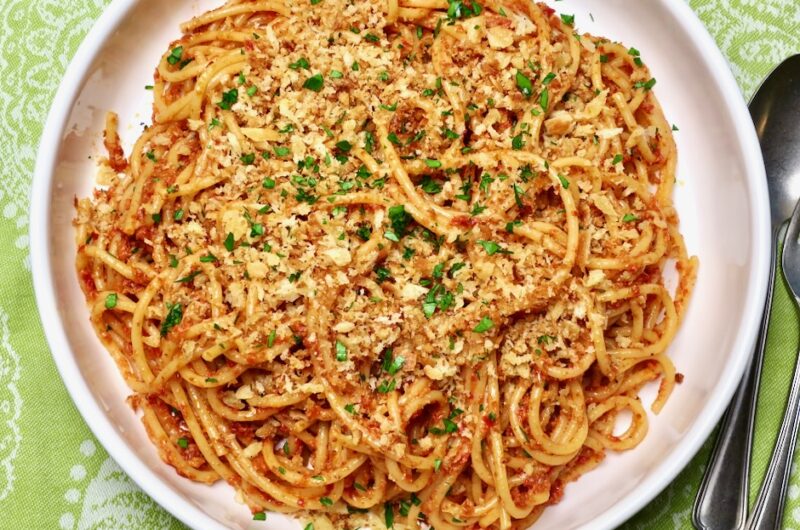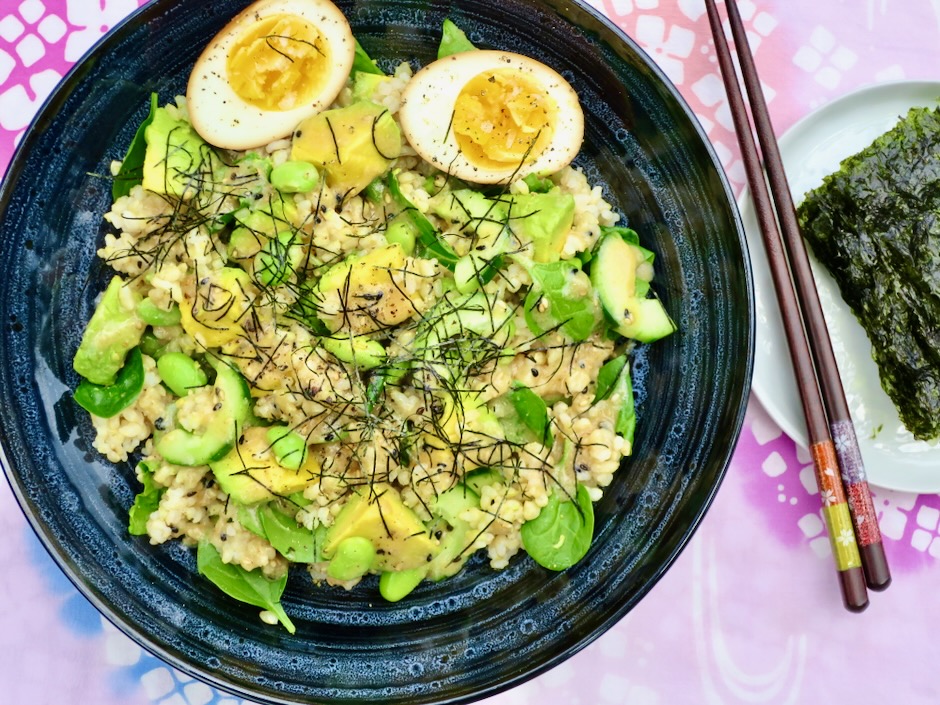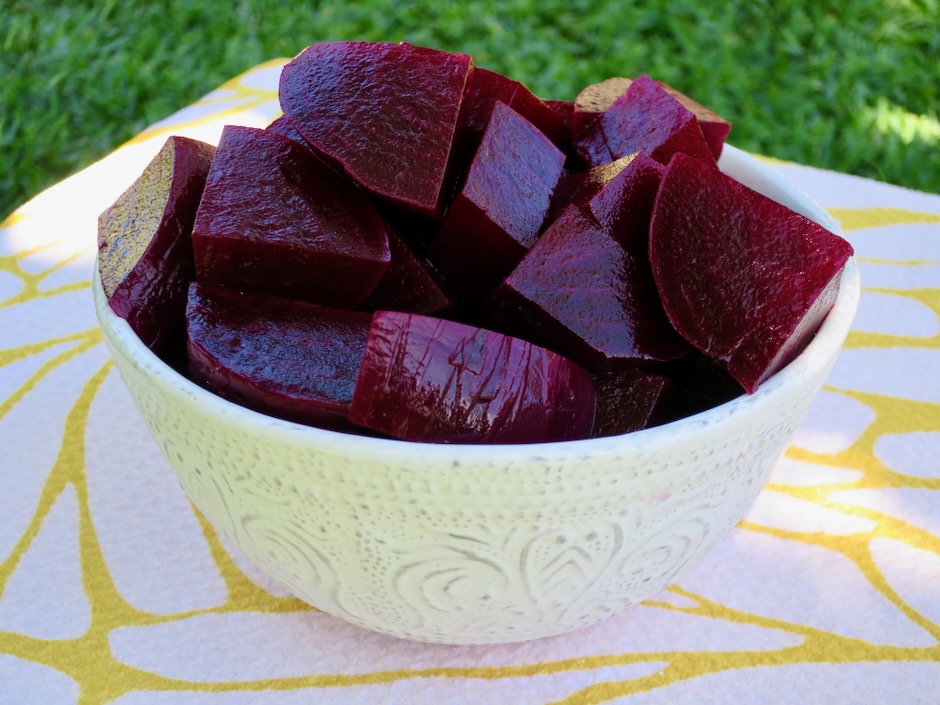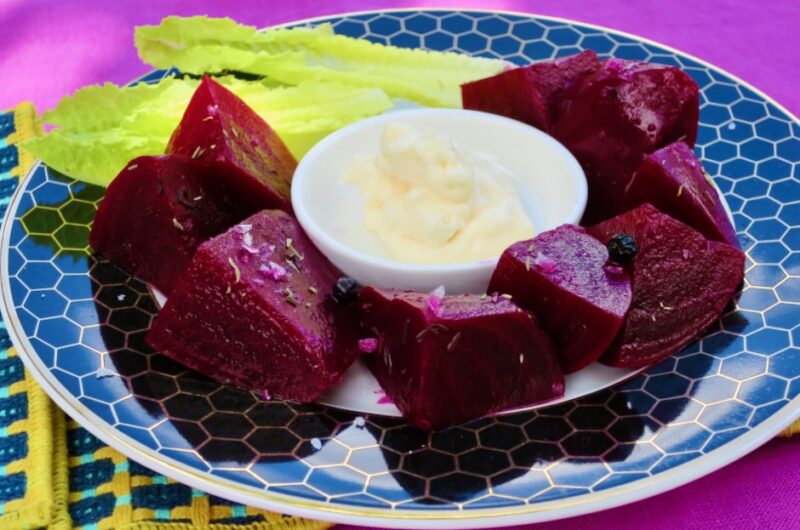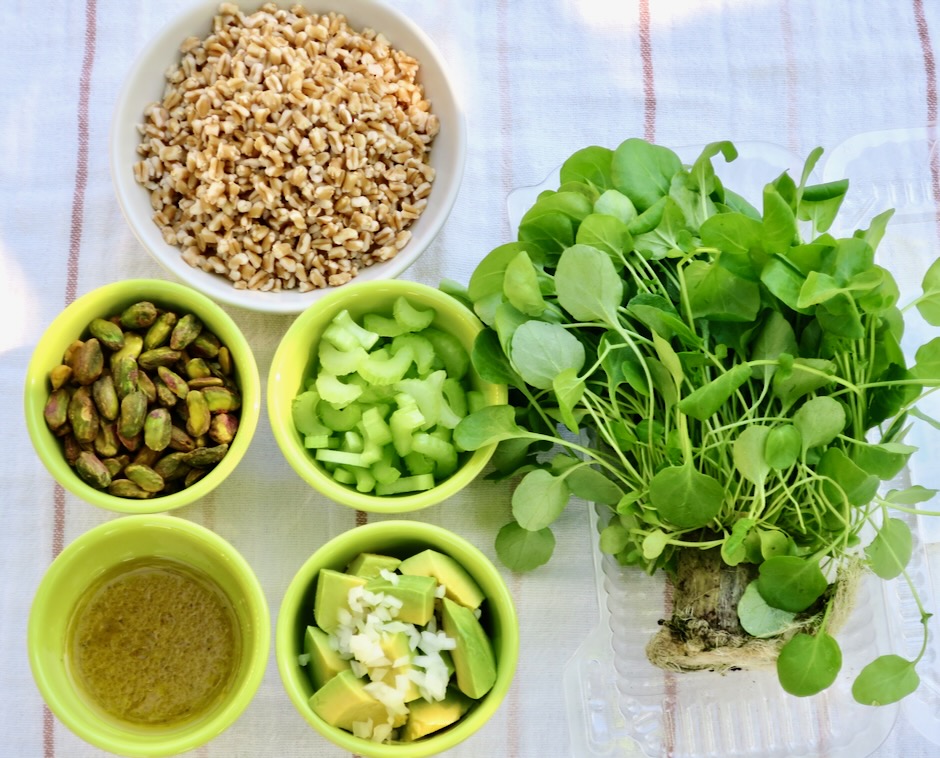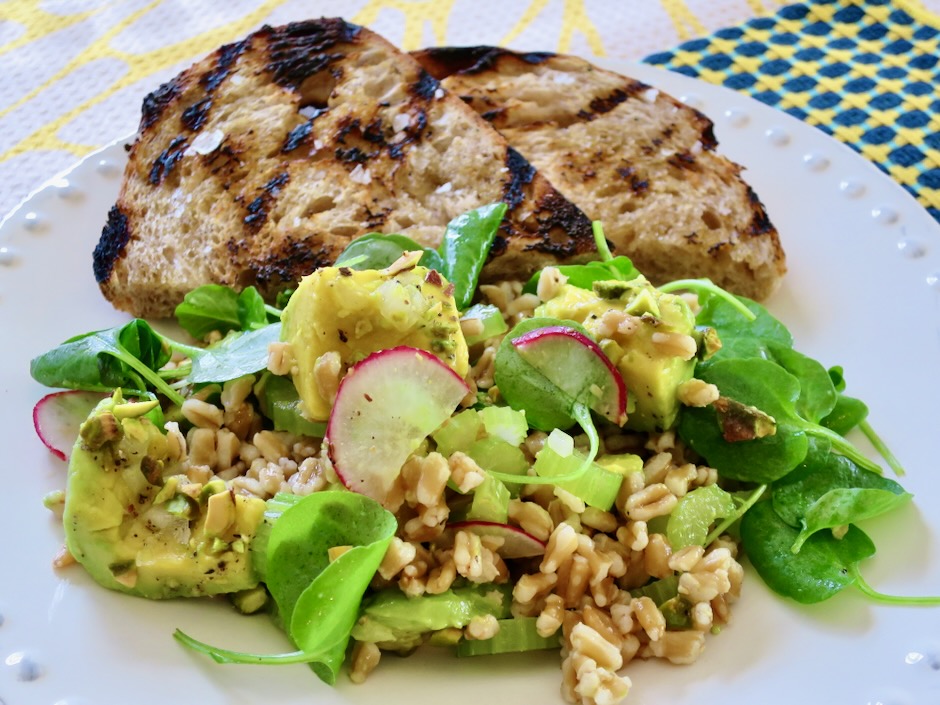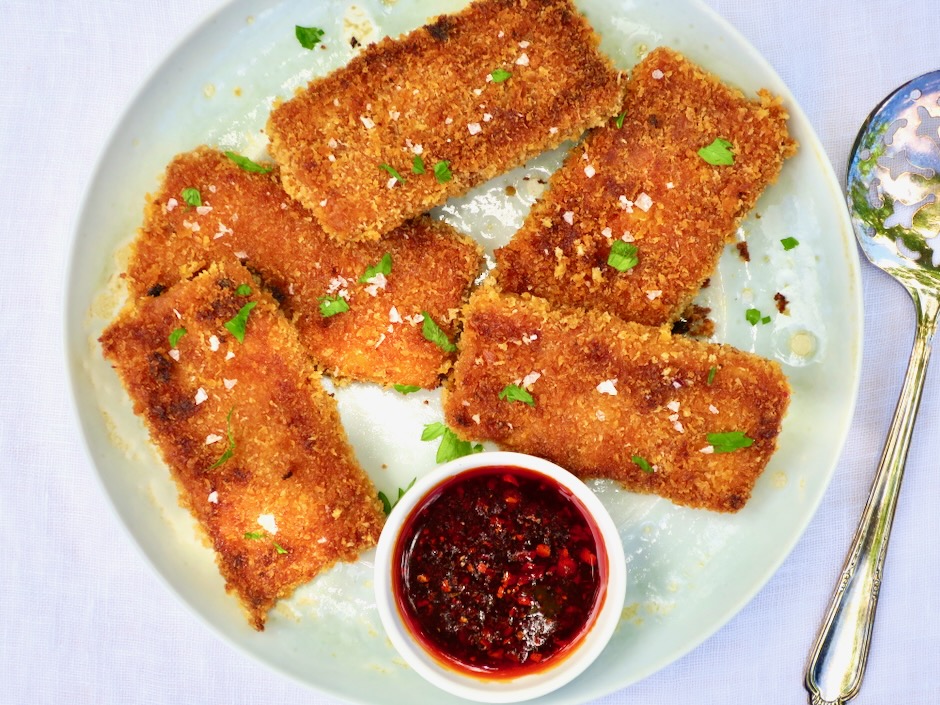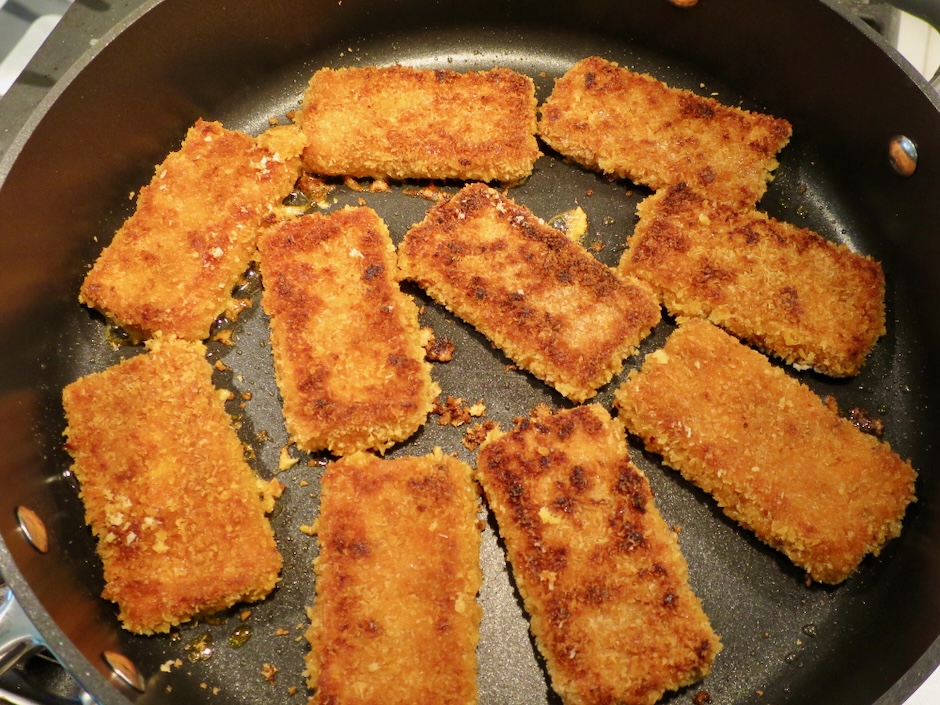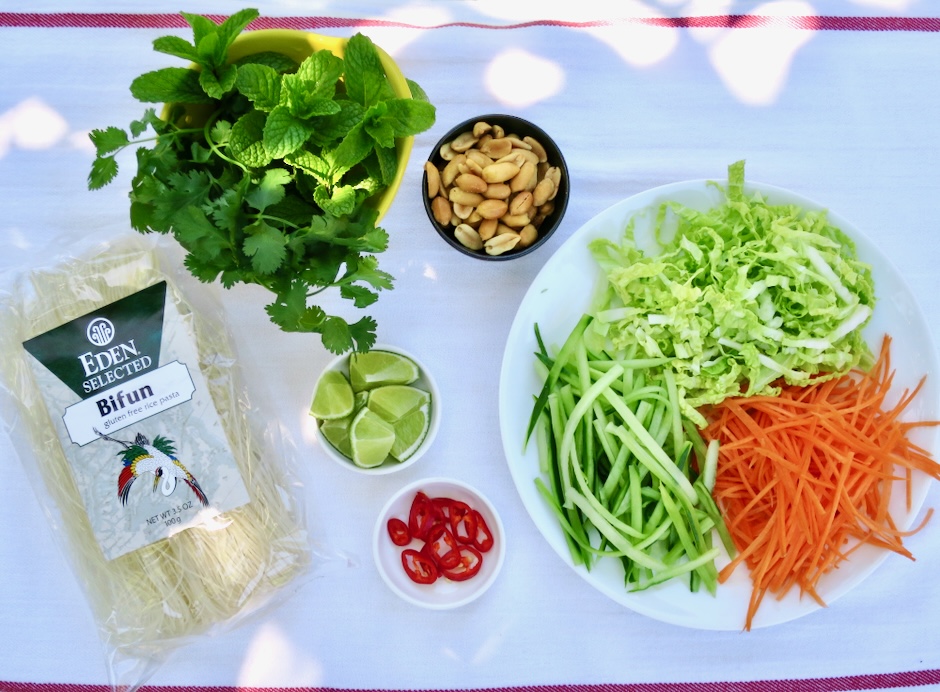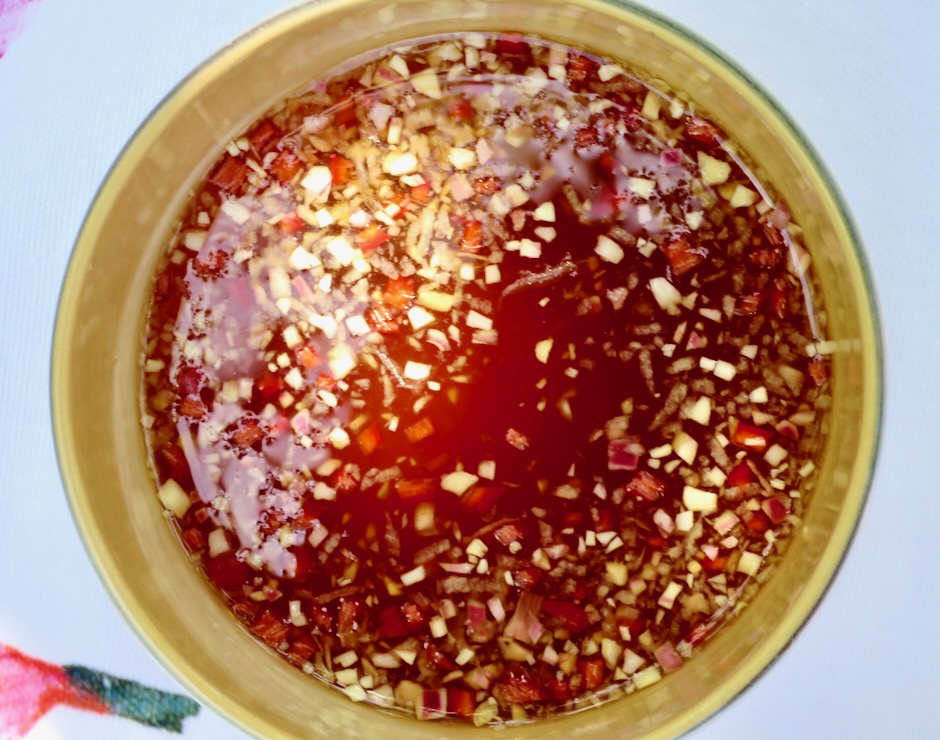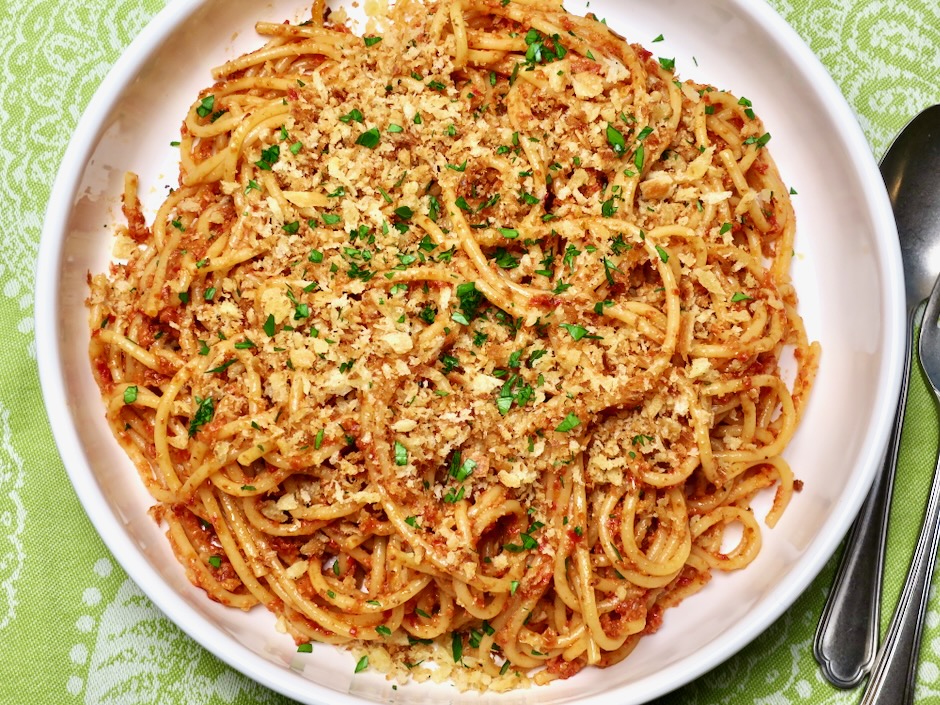
With a very short list of savory ingredients and little effort, this dairy free pesto is a breeze to make. The sun-dried tomatoes lend an intense sweet-tart flavor to this dish and fresh, crispy seasoned bread crumbs take it over the top.
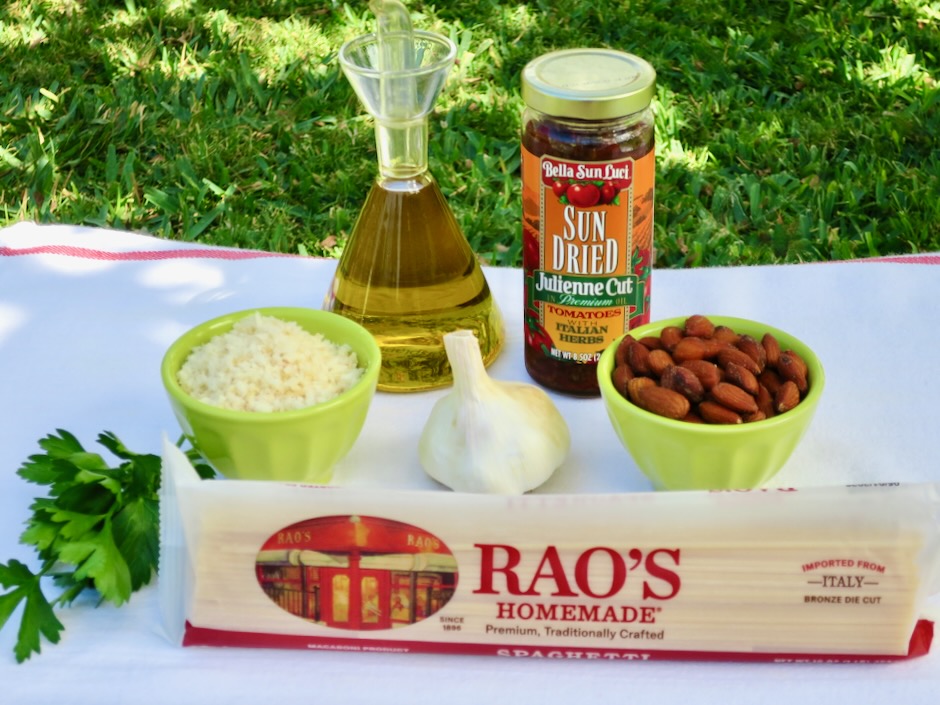
Seven ingredients are all you’ll need for this recipe. Fresh breadcrumbs are recommended though panko would be a fine substitute if you’re short on time. Use bronze die cut pasta such as Rao’s or De Cecco for the best result. Pastas that are extruded using bronze dies have a rougher, more porous texture than ones that are extruded with Teflon dies (slick surface). With bronze die cut pasta, sauces cling to noodles beautifully meaning each forkful is full of rich flavor.
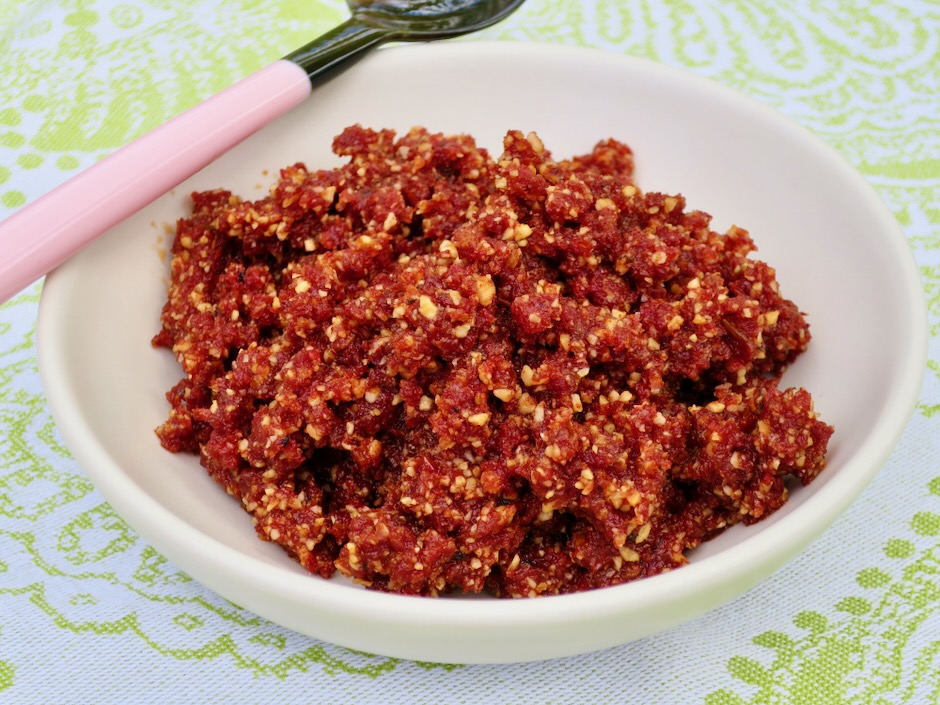
Sun-dried tomatoes are pulsed in a food processor along with the almonds, garlic and olive oil to make a thick pesto. A bit of the starchy pasta water and olive oil will be added to the pesto to bring the sauce to the perfect consistency.


Toasting fresh bread crumbs in olive oil is the key to the much desired crispy, well-seasoned topping for this dish. You won’t notice the absence of cheese.

This sweet and savory pesto with its crispy breadcrumb topping and intense red color makes a thoroughly satisfying meal and one that is easy enough to whip up for unexpected guests.
Spaghetti with Sun-Dried Tomato Almond Pesto
4
servingsRecipe adapted from Food & Wine magazine
Ingredients
1/2 cup drained oil-packed sun-dried tomatoes
1/3 cup salted roasted almonds
1 large garlic clove
1/2 cup extra-virgin olive oil
Kosher salt and freshly ground black pepper
3/4 cup fresh bread crumbs (use 1 large or 2 small slices of bread without seeds or nuts, crusts included, torn into small pieces pulsed in food processor to make small crumbs. Measure out 3/4 cup. Or substitute with 1/3 cup panko with 1 tablespoon oil)
12 ounces spaghetti
1 tablespoon chopped parsley
Directions
- In a food processor, pulse the tomatoes, almonds and garlic. Add 1/4 cup of the oil and puree. Season with salt (about 1/2 teaspoon Diamond Crystal or 1/3 teaspoon Morton’s kosher salt or to taste) and a few grinds of black pepper.
- In a medium skillet, toast the bread crumbs in 2 tablespoons of the oil over medium heat, stirring until golden. Transfer the crumbs to a plate; season with salt and pepper. If using panko, toast 1/3 cup in 1 tablespoon oil over medium low heat for 1 -2 minutes or until lightly browned (stir continuously and lower heat if needed to avoid burning the panko).
- In a large pot of boiling salted water, cook the pasta until al dente. Drain, reserving 1/2 cup of pasta water. In the pot, toss the pasta with the pesto, reserved pasta water and remaining 2 tablespoons of olive oil until the sauce clings to the pasta. Transfer the pasta to bowls, sprinkle with the bread crumbs and parsley and a drizzle of olive oil. Serve immediately.
Notes
- Sprinkle bread crumbs over pasta right before serving so they stay crispy.
- Pesto can be frozen for a few months.

